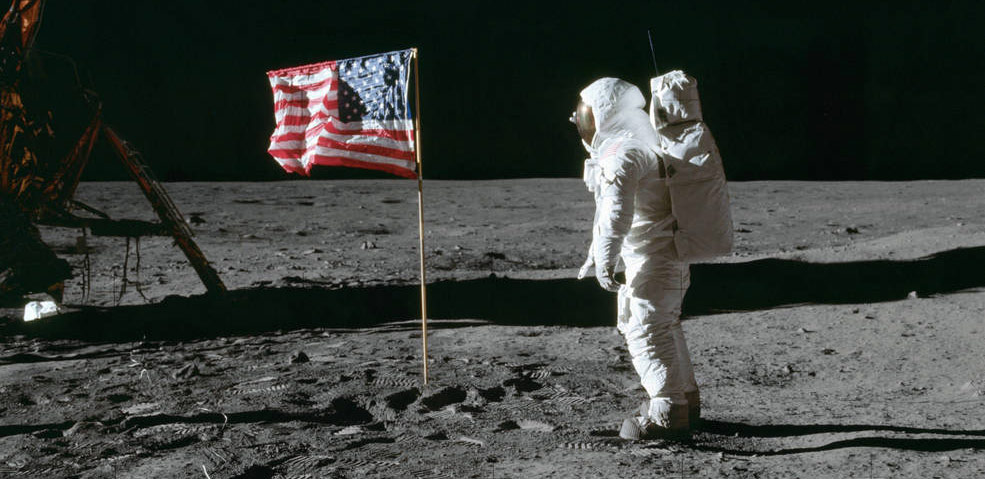
A Part of Rhode Island History
July 2022 :
Rhode Island as a state is loaded with history, but very few of us are really aware of how much, so, for the most part, we tend to ignore it; however, the members of the National Park Service are doing their best to introduce us to many possibly unknown stories. For example, consider the Ashton Mill, that giant, four-story building on the Cumberland side of the Blackstone River.
While only 28, Wilbur Kelly became a ship’s captain in 1810. Five years later, he was given control of the Ann & Hope (yes, a real ship) to China. Months later, upon his return, he decided to stay on dry land, and got into the cotton manufacturing business. Although at first Kelly found himself losing his investment, just a few years later he did become successful with the Smithfield Cotton and Woolen Factory, eventually forming the Lonsdale Company, on the Blackstone River.
In the 1860s, the Lonsdale Company decided to expand, as textiles were becoming very profitable, especially after the Civil War. It was then that the four-story Ashton Mill was built on the east side of the River, right next to the new railroad tracks. This factory made muslin cloth until the 1930s.
In 1941, Owens Corning bought the mill, and proceeded to spin fiberglass, creating cloth, such as the curtains some of us still have on our windows. The company’s research and design department also created a unique fiber cloth, termed Beta, which is resistant to heat up to 2,500 degrees F. This substance was like a cotton candy substance that could be spun like regular cloth. Its uses became an important part of the Apollo space program; It could be laid on control panels to limit fire breaking out in space craft. It also was used as the external layer of space suits, and was made into a type of purse-like holder for astronauts’ personal belongings It was not the material for the entire space suits – just the outer layer.
As part of the Apollo program, NASA decided it wanted the astronauts to plant an American flag on the lunar surface. Several companies were invited to create a flag that could withstand the harsh lunar environment, among them, Owens Corning. The company had one of its Quality Control associates sew one out of red, white and blue Beta cloth, then send it on to NASA. After receiving all the entrants, NASA in essence picked one of the flags to be placed in the Apollo 11 capsule. Was it the one from Rhode Island? No one is really sure, but the possibility is there, that whenever you see videos of the astronauts on the Moon’s surface, you may also be seeing a piece of Rhode Island standing right next to them.
Apollo 11 astronaut Aldrin saluting the flag at Tranquility Base.



